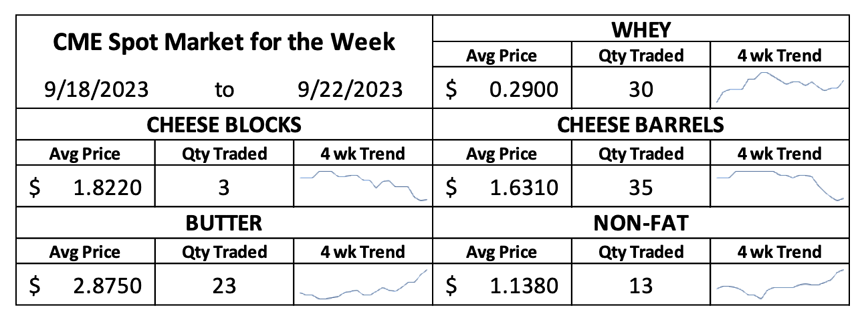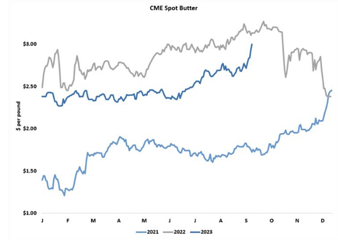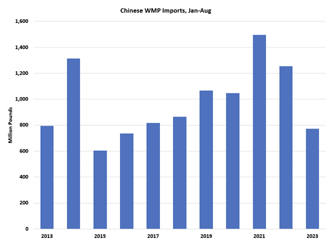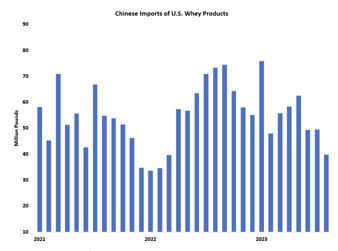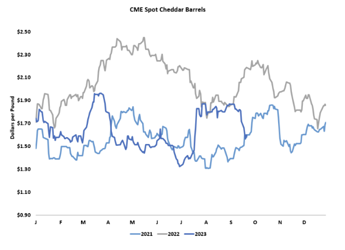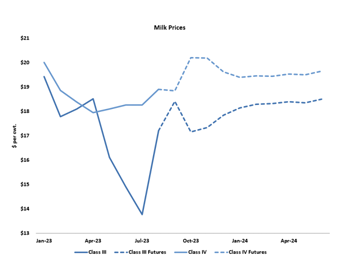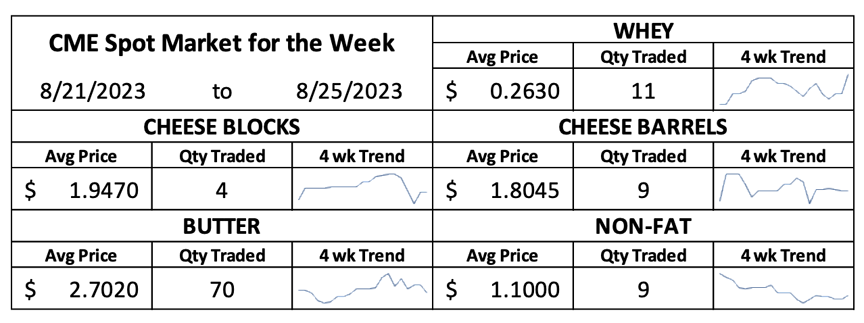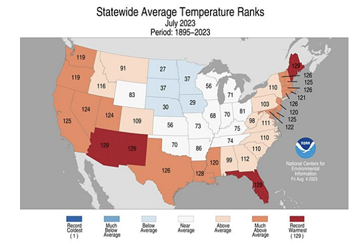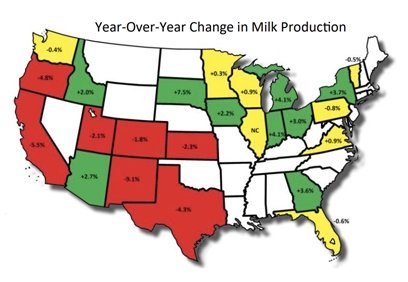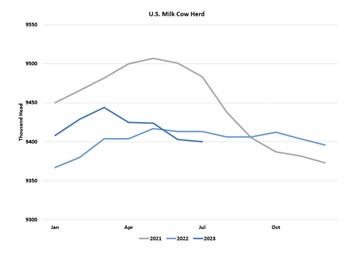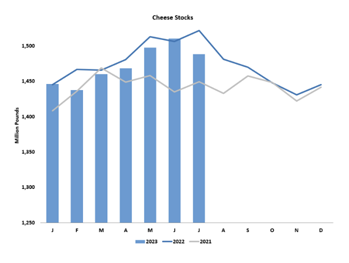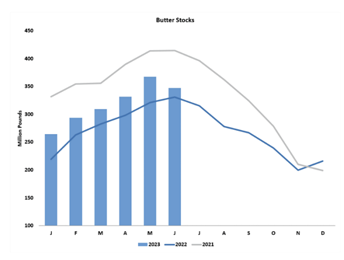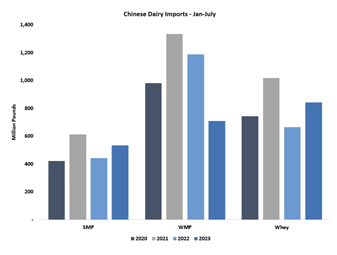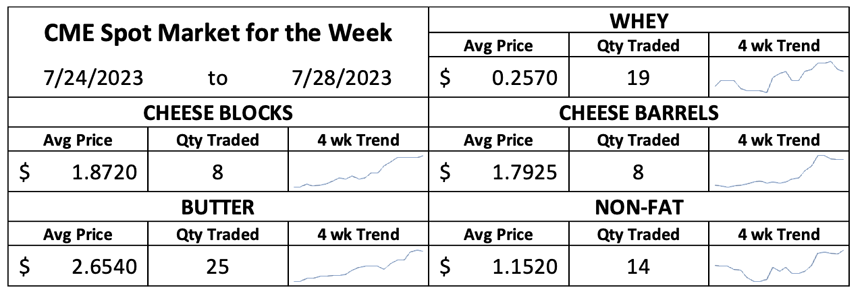Australia is on track to produce the least quantity of milk in 30 years, bringing dairy prices to all-time highs.
Australians can now hardly afford their own local goods because the dairy business has dropped so much.
However, there are still many people prepared to roll up their sleeves and tackle the problem.
In South Gippsland, farmer Benjamin Vagg’s mild encouragement is all that is required when 420 dairy cows arrive for their afternoon milk. After all, this is a $900,000 move.
Seven days a week, he begins his day at 5.30 a.m.
Vagg is half the age of the typical Australian dairy farmer, at 34. Even more unusual, he’s delighted about it.
“We have some of the best dairy farmers in the world In Australia,” Vagg said.
“It’s incredible. I’m sure I wouldn’t want to work in an office.
“In fact, I started my career out in a suit trying to be someone in a corner office in Melbourne somewhere, and then decided, ‘Nah I didn’t want to do that,'” said the man.
How Australia’s 44 referendums affected rent, railroads, and the republic
However, not everyone is as enthusiastic about farming as Vagg. 20,000 Australians got money milking cows back in 1980. There are now less than 4000 remaining.
According to Michael Whitehead of ANZ’s Agri-Insights, Australian milk output is declining year after year, with this year projected to be the lowest in three decades.
Whitehead has been keeping a careful eye on things, and he believes this is why dairy products are becoming so pricey.
“We’ve got the same number of dairy processing companies, so they have to compete to get an ever-shrinking supply of milk,” he said.
“That pushes up the cost, which cuts their margins and means higher prices at the supermarket.”
According to John Williams, president of the Australian Dairy Products Federation, it was one of the most difficult periods the sector has ever encountered.
Williams, who represents cheese, butter, and yoghurt producers, believes the high pricing will drive Australians away from pricey Australian dairy and toward less expensive imported products.
“Look it’s not lost on me in this market,” he said.
“In particular, consumers are having a difficult time right now due to cost inflation, but this is true across the board.”
“They’re going to make choices they probably weren’t making 12 months ago”
Australians are increasingly unable to afford to produce their own dairy. Cheaper, foreign goods are taking over the nation.
In fact, the quantity of New Zealand dairy in Australia is now about 30% greater than it was this time last year.
So, unless you’re quite certain you’re eating Australian dairy, you probably aren’t.
“It’s occurring right now. “Right now, two of the top four butter brands in Australia are imported,” Whitehead said.
Farmers like Vagg are opposed to imported butter being slathered on top of Vegemite… yet he claims he can’t sell his milk for much less.
After all, his expenses have risen as well.
When asked whether he felt sorry for the manufacturers who are now paying him top price, the harsh farmer said, “About time.”
“It’s more difficult for shoppers,” he admits.
Australians are discovering that they may purchase dairy that is either local or inexpensive, but not both.


















